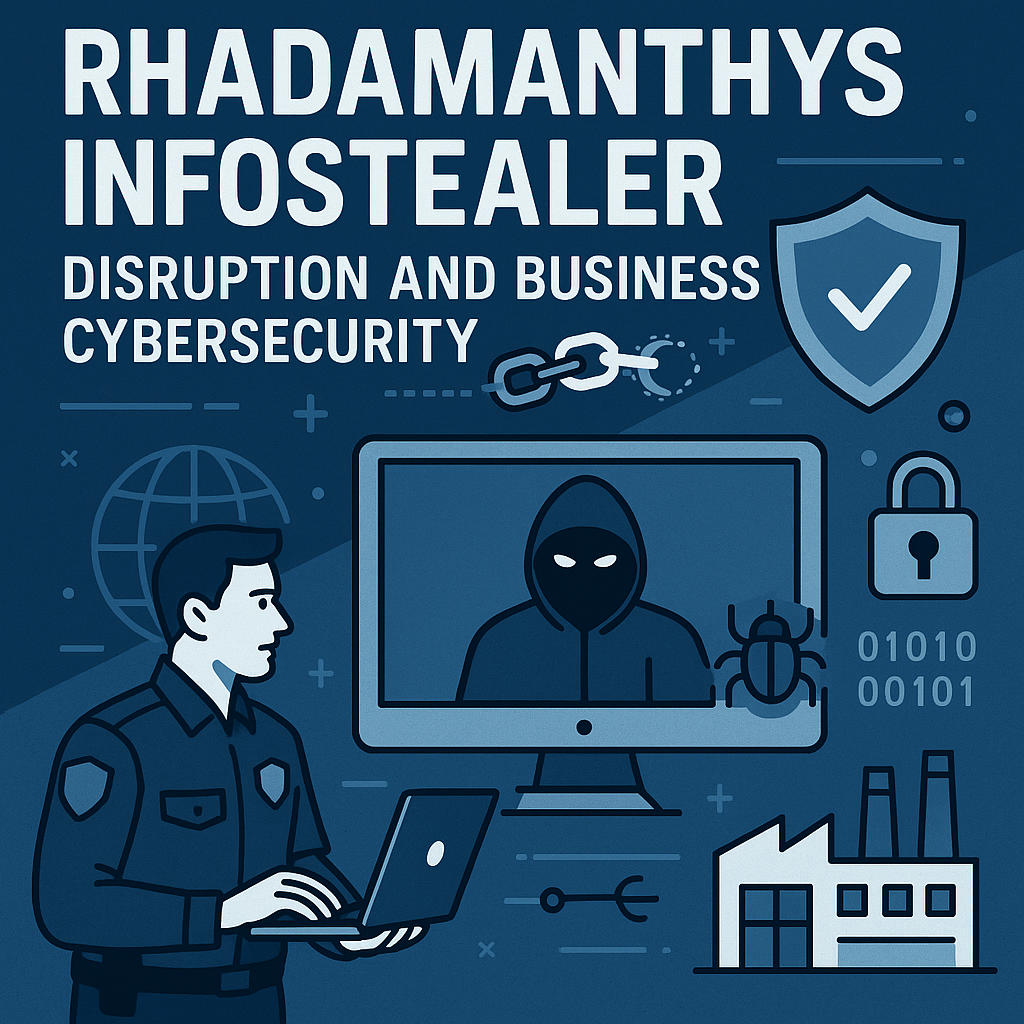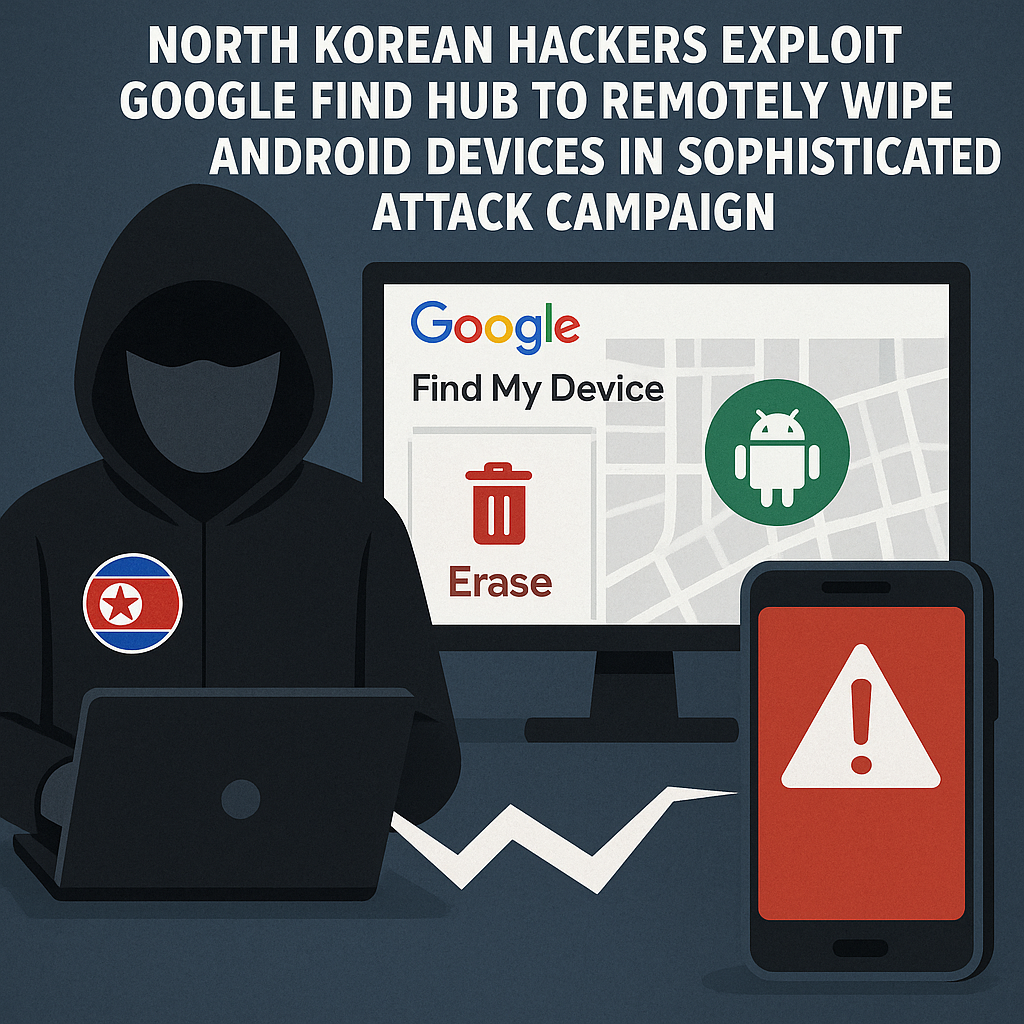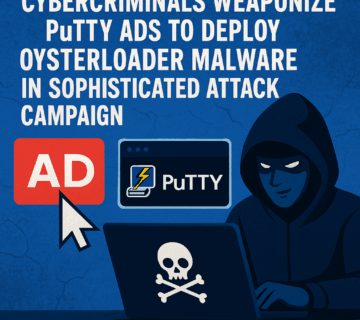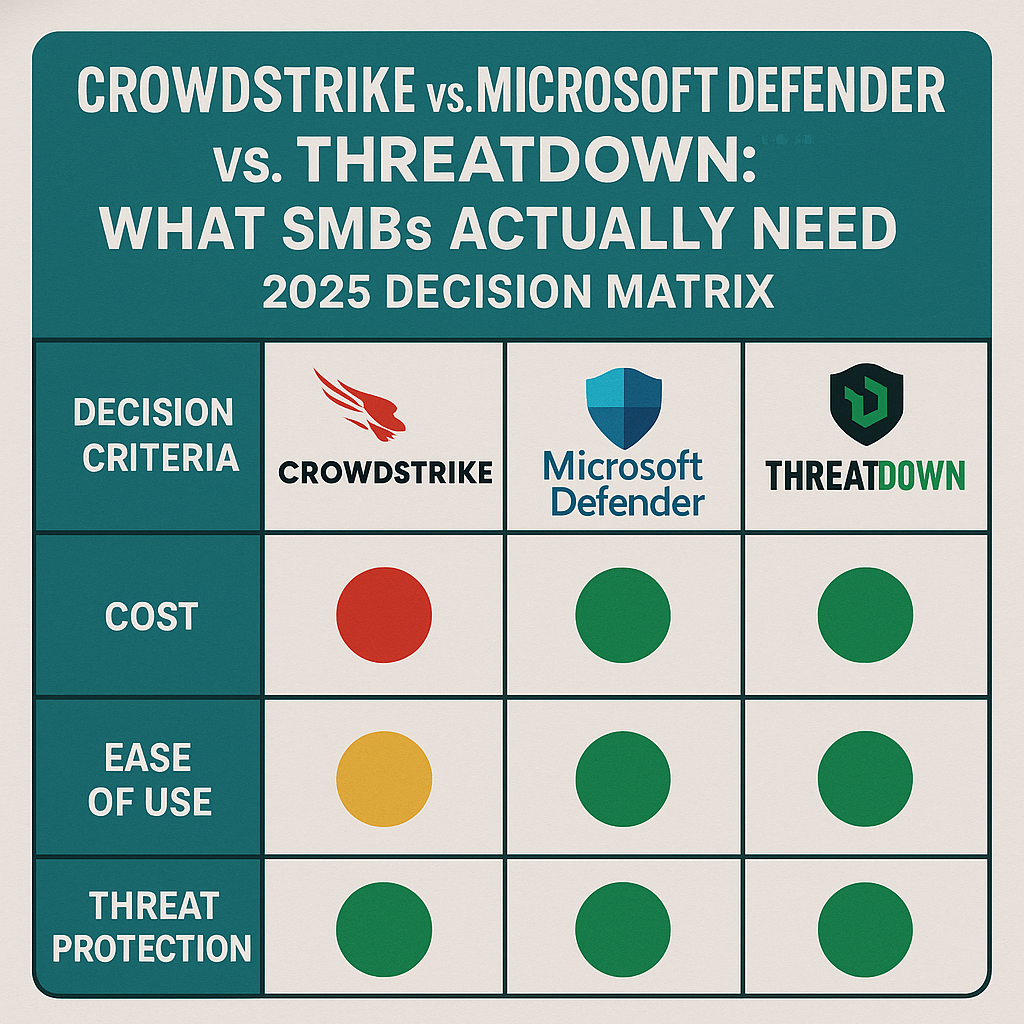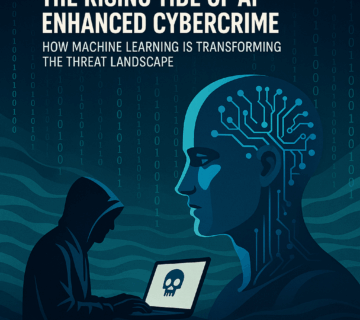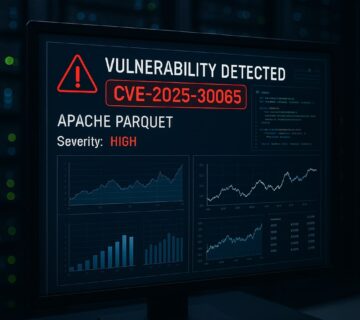Critical Security Alert: New Supermicro BMC Vulnerabilities Enable Persistent Backdoor Access
🎙️ Dive Deeper with Our Podcast!
Supermicro BMC Vulnerabilities Enable Persistent Backdoors
👉 Listen to the Episode: https://technijian.com/podcast/supermicro-bmc-vulnerabilities-enable-persistent-backdoors/
A major new threat from Supermicro BMC vulnerabilities. Critical security flaws in Supermicro’s Baseboard Management Controller (BMC) firmware have been discovered. Furthermore, these Supermicro BMC vulnerabilities let attackers create persistent backdoors. The backdoors survive system reboots and complete OS reinstalls.
Researchers at Binarly found these dangerous Supermicro BMC vulnerabilities. Moreover, the flaws present serious risks to enterprise infrastructure. As a result, attackers can establish long-term access that traditional security tools cannot detect.
Understanding the Supermicro BMC Threat
Supermicro is a leading enterprise hardware manufacturer. Additionally, the company makes servers, motherboards, and data center equipment. Their Baseboard Management Controller is built into server motherboards. Specifically, this component lets administrators monitor and manage systems remotely, even when powered off.
Why Supermicro BMC Vulnerabilities Are Prime Targets
BMCs offer out-of-band management capabilities. Consequently, these Supermicro BMC vulnerabilities become attractive targets for cybercriminals. When compromised, these controllers give attackers unusual persistence and control. In contrast, traditional malware simply cannot achieve this level of access.
The recent discoveries show how attackers can exploit these systems. Subsequently, they can maintain long-term access to critical infrastructure. Unfortunately, this access is extremely difficult to detect and remove.
CVE-2024-10237: The Original Supermicro BMC Vulnerability and Its Bypass
The first vulnerability is tracked as CVE-2024-10237. Furthermore, this represents a bypass of Supermicro’s previous security fixes. The company had patched this issue in January of the previous year. However, Binarly researchers found a way around the protections.
How the Original Fix Worked
Supermicro tried to restrict custom firmware map entries. Specifically, these entries serve as instruction tables within firmware images. Previously, attackers had used these tables to manipulate firmware during updates. Therefore, the company added validation checks to prevent unauthorized changes.
The Sophisticated Bypass Method
Binarly discovered a timing-based attack method for these Supermicro BMC vulnerabilities. Specifically, malicious firmware maps can be injected before legitimate vendor maps load. As a result, this allows attackers to define signed regions in specific ways. Additionally, they can relocate or replace content while keeping hash values consistent.
The bypass technique is highly sophisticated. Initially, attackers inject malicious firmware maps at precisely the right moment. Subsequently, they can relocate or replace legitimate firmware components. Meanwhile, the system’s hash calculations still match signed values. Consequently, signature verification passes despite malicious changes.
CVE-2025-6198: Compromising Root of Trust in Supermicro BMC Systems
Understanding the Vulnerability
The second flaw, CVE-2025-6198, is even more serious among Supermicro BMC vulnerabilities. Specifically, this vulnerability targets authentication logic within the auth_bmc_sig function. Moreover, the function operates within the OP-TEE environment of affected motherboard firmware.
The flaw exploits a weakness in signed region validation. Notably, the firmware image itself defines which regions need signature checks. Therefore, attackers can manipulate kernel components and other critical areas. Furthermore, they relocate original data to unused firmware space while keeping digests valid.
Practical Exploitation Success
Binarly researchers proved this vulnerability works in practice. Successfully, they flashed custom kernel code onto affected systems. Additionally, their proof-of-concept showed that kernel authentication doesn’t happen during boot. Consequently, this means the Root of Trust feature only provides partial protection.
Root of Trust is a fundamental security concept. Specifically, it ensures only legitimate, verified firmware can execute during startup. Therefore, compromising this protection has serious implications for enterprise security.
Real-World Impact of Supermicro BMC Vulnerabilities
These Supermicro BMC vulnerabilities create several serious risks. Moreover, successful exploitation gives attackers capabilities that traditional malware cannot match.
Persistent System Control
Malicious firmware changes survive complete OS reinstalls. Additionally, they persist through hardware replacements and extended power-off periods. Consequently, this level of persistence makes detection extremely challenging. Furthermore, conventional security tools cannot identify these modifications.
Stealth Operations
Compromised firmware operates below the OS level. As a result, traditional antivirus solutions cannot detect malicious modifications. Meanwhile, attackers maintain access while staying completely invisible. Unfortunately, standard security monitoring tools cannot see firmware-level changes.
Infrastructure-Wide Compromise
In enterprise environments, Supermicro BMC vulnerabilities enable lateral movement. Furthermore, attackers can use management network access to target additional systems. Consequently, they can establish control over entire data center infrastructures.
Supply Chain Concerns
These firmware-level attacks raise supply chain security concerns. Additionally, compromised systems could spread malicious firmware to other components. Unfortunately, this can happen during routine maintenance or replacement procedures.
Detection Challenges for Supermicro BMC Vulnerabilities
Why These Attacks Are Hard to Find
Identifying compromised BMC firmware presents unique challenges. Specifically, traditional security tools work at the OS level and above. Therefore, they cannot detect firmware-level modifications effectively. As a result, organizations need specialized firmware analysis tools and procedures.
Forensic Investigation Requirements
Investigating these attacks requires deep technical expertise. Specifically, professionals need knowledge of firmware analysis and hardware-level debugging. Moreover, the sophisticated bypass techniques make detection difficult. Consequently, even experienced security professionals may struggle without specialized tools.
Incident Response Complications
The persistent nature of Supermicro BMC vulnerabilities complicates response procedures. Unfortunately, standard remediation approaches may not work. Furthermore, system reimaging or hardware replacement might not remove sophisticated compromises completely.
Vendor Response to Supermicro BMC Vulnerabilities
Supermicro’s Acknowledgment
Supermicro has acknowledged both vulnerabilities. Additionally, the company released firmware updates to address the security weaknesses. Furthermore, they assigned CVE-2025-7937 to track the bypass technique. Ultimately, this shows their commitment to addressing the full scope of issues.
Urgency of Patch Implementation
Binarly has released proof-of-concept exploits for both vulnerabilities. Consequently, this makes these Supermicro BMC vulnerabilities more dangerous. Therefore, organizations with affected Supermicro hardware should prioritize firmware updates immediately.
Implementation Challenges
Firmware updates in enterprise environments are complex. Unfortunately, many organizations face significant challenges implementing remediation quickly. However, careful planning and testing are essential. Moreover, security updates must not disrupt critical business operations.
Industry-Wide Impact of Supermicro BMC Vulnerabilities
Ongoing Firmware Security Challenges
These discoveries highlight continuing problems in firmware security. Historically, BMC vulnerabilities are difficult to address. Additionally, the specialized nature of affected systems creates challenges. Furthermore, traditional security tools provide limited visibility into firmware operations.
Real-World Exploitation Evidence
CISA has documented real-world exploitation of similar BMC vulnerabilities. Clearly, these threats represent more than theoretical concerns. Moreover, attackers actively target these systems in sophisticated campaigns. Subsequently, they use them to establish persistent access to critical infrastructure.
Mass-Bricking Risks
There’s potential for mass-bricking events from Supermicro BMC vulnerabilities. Specifically, multiple systems can become inoperable due to firmware corruption. Therefore, organizations must balance rapid security updates against service disruption risks.
Strategic Security Considerations
Need for Comprehensive Programs
These vulnerabilities show the need for complete firmware security programs. Traditionally, cybersecurity approaches focus on OS and application-level protections. However, these approaches are insufficient for modern threats.
Firmware Integrity Monitoring
Organizations should implement firmware integrity monitoring solutions. Specifically, these tools can detect unauthorized modifications to critical system components. Additionally, they provide visibility into areas that traditional security solutions cannot monitor.
Regular Auditing Requirements
Regular firmware auditing and vulnerability assessment programs help organizations. Furthermore, they can identify potential security weaknesses before exploitation. However, these programs need specialized expertise and tools. Unfortunately, many organizations may not have these resources readily available.
Frequently Asked Questions
What makes Supermicro BMC vulnerabilities more dangerous than other security flaws?
Supermicro BMC vulnerabilities work at the firmware level, below the operating system. Consequently, this makes them extremely hard to detect and remove. Additionally, they provide persistent access that survives reboots, OS reinstalls, and even hardware replacements. Unfortunately, traditional security tools cannot monitor or protect against firmware attacks.
How can organizations check if their systems are affected by Supermicro BMC vulnerabilities?
Organizations should review Supermicro’s security advisories for their specific hardware models. Specifically, the vulnerabilities mainly affect systems with BMC firmware and certain motherboard models like the X13SEM-F. Therefore, a complete hardware inventory is essential for accurate risk assessment.
What immediate steps should organizations take for protection against Supermicro BMC vulnerabilities?
First, apply firmware updates from Supermicro as soon as possible. Additionally, implement network separation to isolate management interfaces. Furthermore, monitor BMC access logs for suspicious activity. Finally, consider disabling remote BMC access if not essential for operations.
Can Supermicro BMC vulnerabilities be exploited remotely?
Yes, if BMC interfaces are accessible over the network. However, exploitation typically needs some network access to the management interface. Fortunately, organizations with properly separated networks and restricted BMC access face reduced risk.
How long do firmware updates take in enterprise environments?
Firmware updates can take several weeks to months in enterprise environments. Specifically, this depends on change management processes, testing requirements, and maintenance windows. However, critical security updates may be expedited, but careful testing remains essential.
What are signs that a BMC may be compromised by these vulnerabilities?
Signs include unexpected firmware versions, unauthorized configuration changes, suspicious network traffic from management interfaces, unexplained system behavior, and logs showing unauthorized access. However, sophisticated attacks may leave minimal traces.
How Technijian Can Help with Supermicro BMC Vulnerabilities
At Technijian, we understand the critical nature of Supermicro BMC vulnerabilities and firmware-level security threats. Additionally, we know the complex challenges they present to modern enterprises. Furthermore, our cybersecurity specialists have deep expertise in hardware security, firmware analysis, and enterprise risk management.
Comprehensive Security Assessment
Our security assessment services include specialized scanning for Supermicro BMC vulnerabilities. Moreover, we go beyond traditional security tools. Specifically, we work directly with organizations to identify potential BMC vulnerabilities. Additionally, we assess risk exposure and develop customized remediation strategies.
Expert Incident Response
Technijian’s incident response team has specialized capabilities for investigating firmware-level compromises. Specifically, we use advanced forensic tools and techniques designed for hardware-level analysis. Therefore, we ensure potential compromises are identified and addressed quickly.
Ongoing Security Monitoring
We provide continuous security monitoring services. Specifically, these include firmware integrity checking and specialized threat detection for management interfaces like BMCs. Furthermore, our 24/7 security operations center maintains visibility into areas traditional tools cannot monitor.
Strategic Consulting Services
Our consulting services help organizations develop robust firmware security programs. Specifically, we address both immediate vulnerabilities and long-term strategic requirements. Additionally, we work with your team to implement hardware security best practices. Moreover, we establish effective change management procedures for firmware updates.
Contact Technijian today to learn how our specialized expertise can protect your organization from Supermicro BMC vulnerabilities. Furthermore, we can help defend against these critical security flaws and other sophisticated firmware-level threats. Finally, our team provides immediate assessment services and long-term strategic guidance.
About Technijian
Technijian is a premier managed IT services provider, committed to delivering innovative technology solutions that empower businesses across Southern California. Headquartered in Irvine, we offer robust IT support and comprehensive managed IT services tailored to meet the unique needs of organizations of all sizes. Our expertise spans key cities like Aliso Viejo, Anaheim, Brea, Buena Park, Costa Mesa, Cypress, Dana Point, Fountain Valley, Fullerton, Garden Grove, and many more. Our focus is on creating secure, scalable, and streamlined IT environments that drive operational success.
As a trusted IT partner, we prioritize aligning technology with business objectives through personalized IT consulting services. Our extensive expertise covers IT infrastructure management, IT outsourcing, and proactive cybersecurity solutions. From managed IT services in Anaheim to dynamic IT support in Laguna Beach, Mission Viejo, and San Clemente, we work tirelessly to ensure our clients can focus on business growth while we manage their technology needs efficiently.
At Technijian, we understand modern challenges such as attempts to hack Gmail, rising security concerns highlighted by cases like the T-Mobile lawsuit, and evolving communication technologies including RCS message standards. To address these, we provide a suite of flexible IT solutions designed to enhance performance, protect sensitive data, and strengthen cybersecurity. Our services include cloud computing, network management, IT systems management, and disaster recovery planning. We extend our dedicated support across Orange, Rancho Santa Margarita, Santa Ana, and Westminster, ensuring businesses stay adaptable and future-ready in a rapidly evolving digital landscape. Cyber threats are no longer limited to large corporations—small and mid-sized businesses are increasingly being targeted due to weaker defenses. That’s why Technijian emphasizes proactive monitoring, endpoint protection, and multi-layered security protocols that reduce the risk of downtime and data breaches.
Beyond security, we also focus on compliance and regulatory readiness. Whether it’s HIPAA, PCI DSS, or SOC 2 standards, our team ensures that businesses remain audit-ready and avoid costly penalties while maintaining trust with customers.
We also recognize the importance of scalable IT strategies. From supporting hybrid workplaces to deploying advanced collaboration tools, we design infrastructures that evolve with your company’s growth. Coupled with our 24/7 helpdesk and rapid incident response, you can count on Technijian not just as an IT provider, but as a long-term partner in business resilience.
Our proactive approach to IT management also includes help desk support, cybersecurity services, and customized IT consulting for a wide range of industries. We proudly serve businesses in Laguna Hills, Newport Beach, Tustin, Huntington Beach, and Yorba Linda. Our expertise in IT infrastructure services, cloud solutions, and system management makes us the go-to technology partner for businesses seeking reliability and growth.
Partnering with Technijian means gaining a strategic ally dedicated to optimizing your IT infrastructure. Experience the Technijian Advantage with our innovative IT support services, expert IT consulting, and reliable managed IT services in Irvine. We proudly serve clients across Irvine, Orange County, and the wider Southern California region, helping businesses stay secure, efficient, and competitive in today’s digital-first world.
